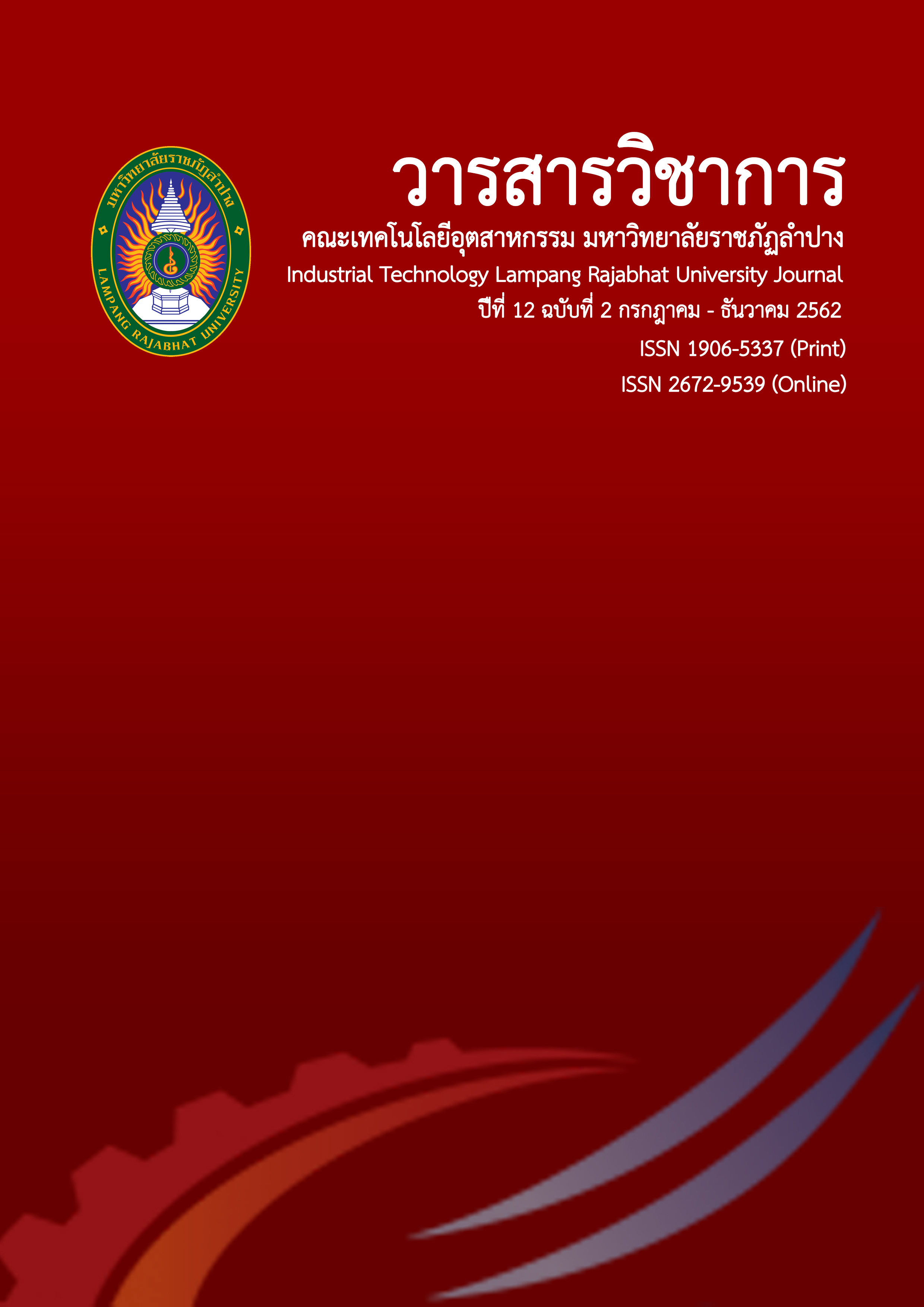Effects of Foaming Agent Contents and Firing Temperatures on Porosity and Density of Granulated Foam Glass Prepared from Waste Glass
Keywords:
waste glass, granulated foam glass, density, foaming agent content, firing temperatureAbstract
The purpose of this research work was to analyze production of granulated foam glass (GFG), a lightweight aggregate used in cement concrete, using mixed waste glass as the main ingredient. The effects of foaming agent content and firing temperature on density and porosity of the GFG were studied. Dolomite mineral and tapioca gel were selected as the foaming agent and the binding agent respectively. Dolomite content was varied from 1-4 wt % while the tapioca gel was fixed at 35 wt %. Firing temperatures used were 750 °C and 800 °C for 10 min. It was found that firing at 750 °C was more suitable than at 800 °C as the latter temperature led to non-uniform porosity due to bloating. When increasing the dolomite content, the bulk density of the GFG decreased while the porosity increased. The best condition obtained from this current research was 3% dolomite and 750 °C firing as the GFG showed a desirable bulk density of 0.54 g/cm3 and a porosity of 76% with a uniform pore structure. The pore size of this GFG was mostly found to be in the 10 mm range.
References
Arcaro, S., Maia, B. G. de O., Souza, M. T., Cesconeto F.R., Granadosa L., de Oliveira A. P. N. (2016). Thermal insulating foams produced from glass waste and banana leaves sabrina, Materials Research, vol. 19 (5), July 2016, pp. 1064-1069
Chen, B., Wang K., Chen X., Lu A. (2012). Study of foam glass with high content of fly ash using calcium carbonate as foaming agent, Materials Letters, vol. 79, July 2012, pp. 263-265.
da Silva Fernandes, F. A., Arcaroa, S., Juniorc, E. F. T., Serrad, J. C. V., Bergmann C. P. (2019). Glass foams produced from soda-lime glass waste and rice husk ash applied as partial substitutes for concrete aggregates’, Process Safety and Environmental Protection, vol. 128, August 2019, pp. 77-84.
Du, H. and Tan, K. H. (2013). Use of waste glass as sand in mortar: Part II - Alkali-silica reaction and mitigation methods, Cement and Concrete Composites, vol. 35 (1), January 2013, pp. 118-126.
Gunasekarn, S and Anmalagan, G (2007), Thermal decomposition of natural dolomite, Bull. Mater. Sci., vol. 30 (4), August 2007, pp. 339–344.
Islam, G. M. S., Rahman, M. H. and Kazi, N. (2017). Waste glass powder as partial replacement of cement for sustainable concrete practice, International Journal of Sustainable Built Environment, vol. 6 (1), June 2017, pp. 37–34.
Kaz’mina, O. V., Vereshchagin, V. I. and Semukhin, B. S. (2011). Structure and strength of foam-glass-crystalline materials produced from a glass granulate, Glass Physics and Chemistry, vol. 37 (4), August 2011, pp. 371–377.
König, J. et al. (2018). Suppressing the effect of cullet composition on the formation and properties of foamed glass, Ceramics International, vol. 44 (10), July 2018, pp. 11143-11150.
Konig, J., Petersen, R. R. and Yue, Y. (2014). Influence of the glass-calcium carbonate mixture’s characteristics on the foaming process and the properties of the foam glass, Journal of the European Ceramic Society, vol. 34 (6), June 2014, pp. 1591-1598.
Liu, Z. (2016). National carbon emissions from the industry process: Production of glass, soda ash, ammonia, calcium carbide and alumina, Applied Energy, vol.166, March 2016, pp. 239-244.
Olszak-Humienik, M. and Jablonski M. (2015). Thermal behavior of natural dolomite, J Therm Anal Calorim, vol.119, March 2015, pp. 2239–2248
Pichor, W., Kaminski, A. Szołdra, P. and Frac M. (2019). Lightweight cement mortars with granulated foam glass and waste perlite addition, Advances in Civil Engineering, Article ID 1705490, pp.1-9.
Rashad, A. M. (2014). Recycled waste glass as fine aggregate replacement in cementitious materials based on Portland cement, Construction and Building Materials, vol. 72, December 2014, pp. 340-357.
Ruth, M. and Dell’Anno, P. (1997). An industrial ecology of the US glass industry, Resources Policy, vol. 23 (3), September 1997, pp. 109-124.
Saito, M. and Shukuya, M. (1996). Energy and material use in the production of insulating glass windows, Solar Energy, vol. 58 (4-6), October-December 1996, pp. 247-252.
Serpa, D., Santos, A., Silva J., Pontes, de B., J. Soares D. (2013). ASR of mortars containing glass, Construction and Building Materials, vol. 47, October 2013, pp. 489-495.
Sithi, N., Ayadi A., Lerabi, Y., Benhaoua, A., Benzerga, R. and Legendre L. (2011). Preparation and Characterization of Foam Glass Based Waste, Asain Journal of Chemistry, vol. 23, August (2011), 3384-3386
Souza, M. T. et al. (2017). Glass foams produced from glass bottles and eggshell wastes, Process Safety and Environmental Protection, vol. 111, October 2017, pp. 60-64.
Wang, H., Chen Z., Liu L., Wang X. (2018). Integrated utilization of high alumina fly ash for synthesis of foam glass ceramic, Ceramics International, vol. 44 (12), August 2018, pp. 13681-13688.
Wattanasiriwech D., Nontachit S., Manomaivibool P. and Wattanasiriwech S. (2019). Foam glass from municipal waste as a lightweight aggregate for cement mortar, IOP Conf. Series: Earth and Environmental Science, 351, 012008.






